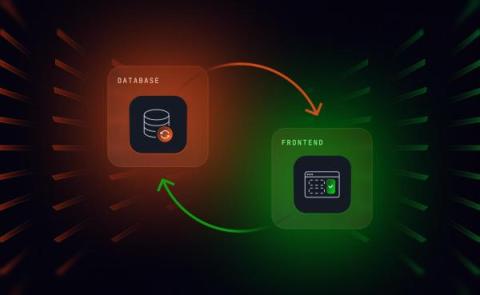Improve Your Enterprise Risk Management Framework with Process Automation
The regulatory and business demands of financial services require teams to collaborate with consistency and accuracy—a difficult task when it comes to enterprise risk management (ERM). Business units often complete their risk management strategic objectives independently, and since each may have its own taxonomies and processes, human errors may go unnoticed, increasing potential risk.











